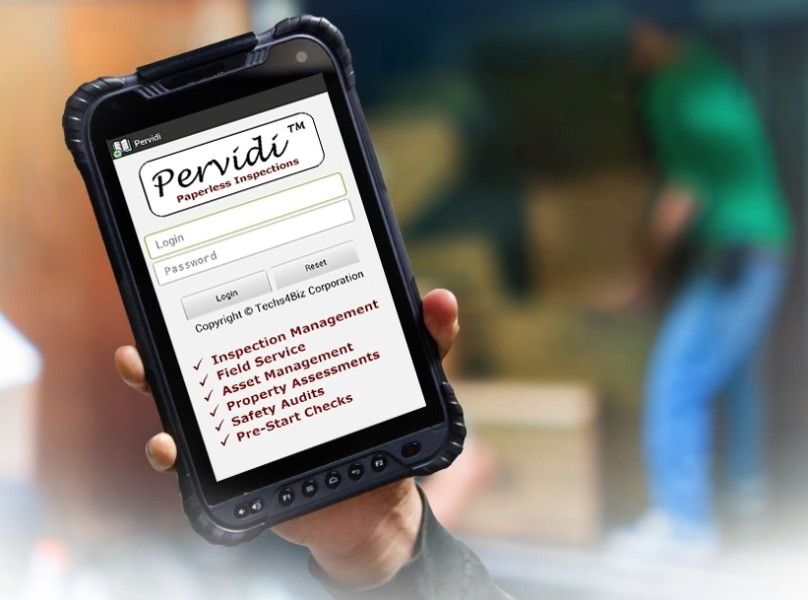Automating pre-start checks and logbooks holds the potential to revolutionize efficiency, accuracy, and organization across industries such as mining, transportation, manufacturing, aviation, and more. The integration of automation can be facilitated through various technological solutions. Here, we present a comprehensive guide to initiate and implement the process of automating pre-start checks and logbooks:
1. Defining Requirements: Begin by gaining a clear understanding of the specific pre-start checks and logbook procedures primed for automation. Identify the equipment, vehicles, or processes involved, as well as the necessary data recording. Compile an exhaustive list of essential elements.
2. Selecting the Optimal Platform: Choose a platform or software that aligns with your automation goals. Options include customized applications, cloud-based solutions, or adaptable existing software. The chosen platform must be user-friendly and accessible to all relevant personnel.
3. Efficient Data Input and Capture: Implement streamlined data collection methods. This may encompass the use of sensors, scanners, or dedicated mobile applications. The objective is to expedite and enhance the accuracy of data input.
4. Crafting Digital Checklists: Develop digital checklists that systematically guide users through pre-start checks step by step. Utilize conditional logic to trigger additional checks based on specific responses. Digital checklists offer a foolproof way to prevent oversights.
5. Integrating Data Validation: Introduce validation rules to guarantee data precision and completeness. For instance, if a crucial component is identified as faulty, the system should trigger prompts for remedial action before proceeding.
6. Facilitating Communication: Enable seamless communication between personnel, supervisors, and pertinent stakeholders. This real-time communication allows for swift issue resolution and remote monitoring of progress.
7. Secure Cloud-Based Storage and Backup: Safeguard pre-start check and logbook data by storing it securely in the cloud. This practice ensures data integrity, remote accessibility, and automated backups to forestall data loss.
8. Seamless System Integration: Integrate the automated system with other relevant tools, such as maintenance systems or inventory databases. This synergy streamlines workflows and facilitates seamless data flow.
9. Empowering Reporting and Analytics: Implement reporting and analytics functionalities to glean insights into patterns, trends, and potential issues. Leveraging this data aids in decision-making and continual process refinement.
10. Automated Notifications and Alerts: Set up automated notifications and alerts for critical events or overdue checks. This proactive approach prevents delays and guarantees timely necessary actions.
11. User Training and Support: Provide comprehensive training to all users involved in the automation process. Additionally, offer continuous support to address any queries or concerns that may arise.
12. Upholding Security and Privacy: Prioritize robust data security and privacy measures. Sensitive information must be fortified, and user access rights must be judiciously administered.
13. Rigorous Testing and Ongoing Enhancement: Subject the automated system to rigorous testing to identify and rectify potential flaws or glitches. Continuous enhancement is imperative to augment the system’s efficacy.
By embracing the automation of pre-start checks and logbooks, myriad benefits such as time savings, error reduction, heightened compliance, and superior operational efficiency can be realized. However, the involvement of pertinent stakeholders throughout the development process is crucial to ensure that the final solution impeccably caters to the needs and requisites of all users.






